If you take a look at the APVI’s Solar Status Map, a curious thing you’ll notice is that the penetration rates for rooftop solar in Australia’s most densely populated capital cities (primarily Sydney & Melbourne) are not as high as you’d expect. While the national average is over 15%, solar PV penetration in these inner city areas is often well under 10%.
Bear in mind that these penetration figures take into account the fact that the closer you get to a CBD the more units (and renters) you’ll come across – they only count the number of solar systems on ‘viable’ roofs, which generally means single family houses. Similarly, lack of sunlight isn’t an explanation that holds water; both cities have plenty ‘solar fuel’ throughout the year to make going solar worthwhile – just take a look at the more suburban and even rural areas in their respective states.
Rooftop solar uptake rates in the LGAs in and around Melbourne. Darker colour means higher penetration of solar.
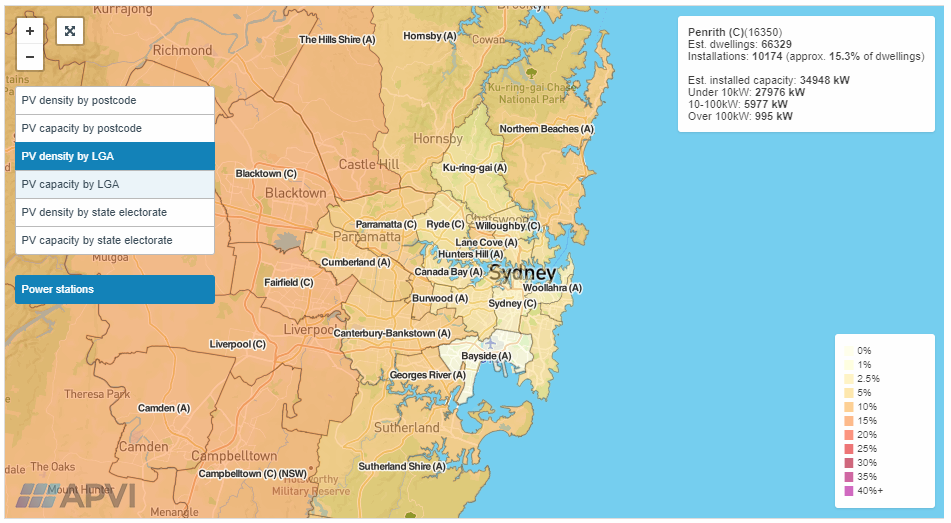 Rooftop solar uptake rates in the LGAs in and around Sydney. Darker colour means higher penetration of solar.
Rooftop solar uptake rates in the LGAs in and around Sydney. Darker colour means higher penetration of solar.
Free, instant quote comparisons for solar & batteries
Compare Solar & Battery Quotes
The likely culprit: Uncooperative roofs
The most sensible explanation for the anemic uptake figures in these places is that inner city roofs are small, irregularly shaped and often at least partially shaded by neighboring buildings or nearby objects – the opposite of what you’d hope for from a roof you’re going to put panels on. That’s not even mentioning heritage restrictions that can outright ban panels on roofs visible from the street.
This doesn’t by any stretch mean that going solar isn’t worth it if your house is located in the inner city. Looking around yourself, you’ll probably notice plenty of roofs bearing solar panels (albeit not as much as you might find out in the ‘burbs or even further afield). The evidence is right there that these households decided at some point that solar was worth it for them.
I have a few friends who own houses in the heart of Sydney’s Inner West. Two of them have already gone solar, while the other is actively trying to figure out a way to make it work despite an uncooperative roof. All of them live in character-filled but pokey terrace houses, which means that none of them is a straightforward case for going solar. Despite this, all three of them are people who have sufficient motivation to make solar work for them, and they serve as living proof that solar is doable in these situations with the right mindset and creativity (and possibly – but not necessarily – a bit more money to spend).
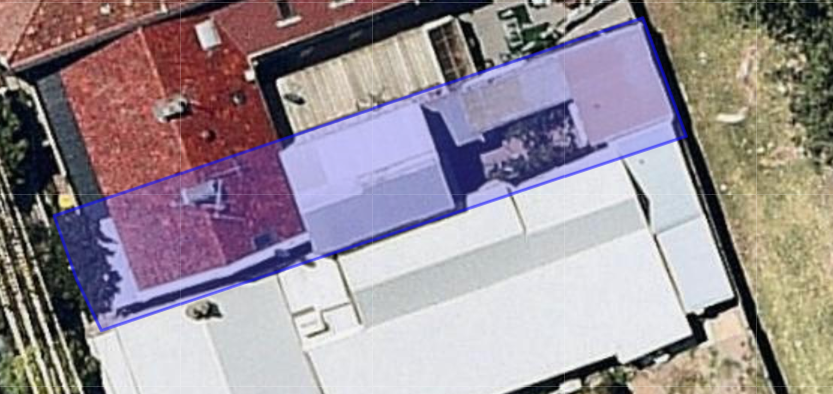 The roof of a friend’s home (outlined in the highlighted section above) where they are looking to go solar. There are about 5 different angles and orientations between the different sections, and the western roof is off-limits due to heritage preservation guidelines. On the bright side, it doesn’t have any major shading issues.
The roof of a friend’s home (outlined in the highlighted section above) where they are looking to go solar. There are about 5 different angles and orientations between the different sections, and the western roof is off-limits due to heritage preservation guidelines. On the bright side, it doesn’t have any major shading issues.
Listening to these friends tell their stories about their solar adventures led me to start thinking about the topic of ‘inner city solar’. Many people with inner city sensibilities who own houses are likely to also be the sorts of people who would love the idea of solar, but may face physical and technological hurdles in making it a reality. If this sounds like your situation, fear not – you just need to get yourself educated about solar before you make a decision.
How to avoid getting a dud solar system in the inner city
I’ve personally seen a lot of terrible solar installations during my time living in and walking around Sydney’s Inner West. Off the top of my head, I can think of about half a dozen of outstanding, textbook examples of how not to install a system, including panels mounted directly behind chimneys or completely shaded by trees.
Systems of this ilk will not perform to your expectations (if at all), so it’s best to be able to identify them at the proposal stage and avoid them like the plague. The flipside of being able to identify the bad & the ugly is this: As you begin to collect quotes & talk to installers, you’ll be in a position of strength – able to tell the difference between a shoddy sales pitch and solid, professional advice.
The first thing to keep in mind is this: With a complicated inner city roof, the standard proposals and off-the-shelf system packages that many companies sell may not apply to you (although they might be fine for uncomplicated cases). Instead, what you’ll need is a system that has been designed with you and your roof’s idiosyncrasies in mind.
To that end, I’ve put together this article which contains a list of possible solutions to problems commonly faced by inner city roofs. My hope is that it helps more urbanites to navigate the solar market confidently and adeptly – resulting in many more systems installed in our nation’s capitals.
Problem, meet solution
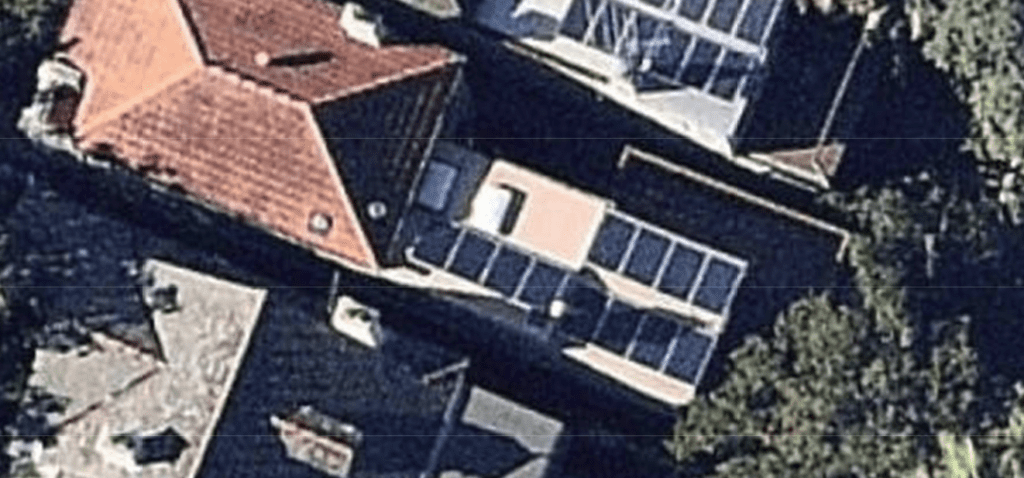 Problem: Near shading (from, for example chimneys, vents, trees and other buildings)
Problem: Near shading (from, for example chimneys, vents, trees and other buildings)
Solutions:
It’s important that you understand that even partial shading can have an outsized impact on the power output and energy yields of your solar system. Most systems have a single, central ‘string’ inverter. String inverter systems are great as long as there’s no regular shade on the panels, but they also suffer from the ‘weakest link’ phenomenon – if one panel on a string is shaded, it drags down the output of the other panels as well (think of kinking a hose).
So what should you do? Firstly, make sure you know what the source of the shading is, then try to get an idea of how much of the roof it affects and during what parts of the day and year. This can be tricky to do in detail without the right tools (such as aerial mapping software), but the main thing is that you’re aware of it.
The easiest thing to do here is a design-based solution: simply avoid putting panels in the ‘shade zone’. This may further restrict the already limited space you have to put solar on, but there’s no point in putting panels somewhere they own’t work.
The next option would be a technology-based solution: Microinverters or power optimisers. These approaches will increase the price of your system, but they’ll also allow it to tolerate shading of a panel or two without having your energy yields greatly suffer. In essence, microinverters & power optimisers allow your panels to function as if each one were on its own ‘string’, so that one shaded panel does not have a knock-on effect for all the others. To save on costs, it may be possible to install a small number of microinverters/optimisers behind only the panel worst impacted by the shade.
Remember: Sometimes shading may be so bad that solar just isn’t worth it. If your roof is completely or almost completely shaded most or all of the time, there’s no point in having panels installed no matter how you design the system or what technology you throw at it.
A good example of where it’s probably not worth installing solar panels. To fair, the tree may have been considerably smaller when the system was first installed.
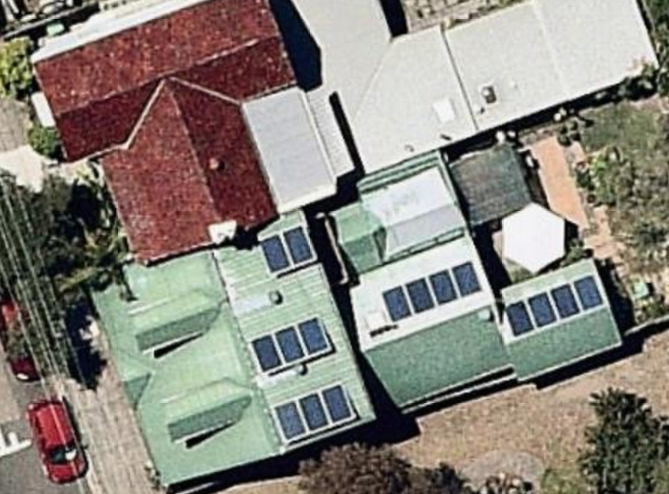 Problem: Roof separated into small sections facing in different directions and/or at different angles
Problem: Roof separated into small sections facing in different directions and/or at different angles
Solutions:
This type of problem is usually also associated with shading issues, but as long as it’s not, you should be able to find a design-based solution. A standard string inverter will usually have two maximum power point tracker (MPPT) inputs, so that you can face your panels in a maximum of two different directions without incurring any ‘weakest link’ penalties. You’ll want the panels on each string to have both the same tilt angle and orientation, but besides that you’re welcome to mix & match. Ideally, you’ll want all your panels facing north, but if that’s not feasible due to size constraints, you can try a north/west or east/west combo. South is best avoided altogether unless you’re really desperate for space (see below).
If your chunks of roof are so small that you’re considering putting panels on more than two sections, you should probably look into microinverters or power optimisers to help mitigate the weakest link effect, even if on just some of the panels. But if that’s the case, you may find that the financial numbers work out better to simply opt for a smaller system without the high-tech power equipment. If you don’t want to splash out for microinverters, you could also look into opting for higher-efficiency panels so that you can get more out of your two best sections of roof.
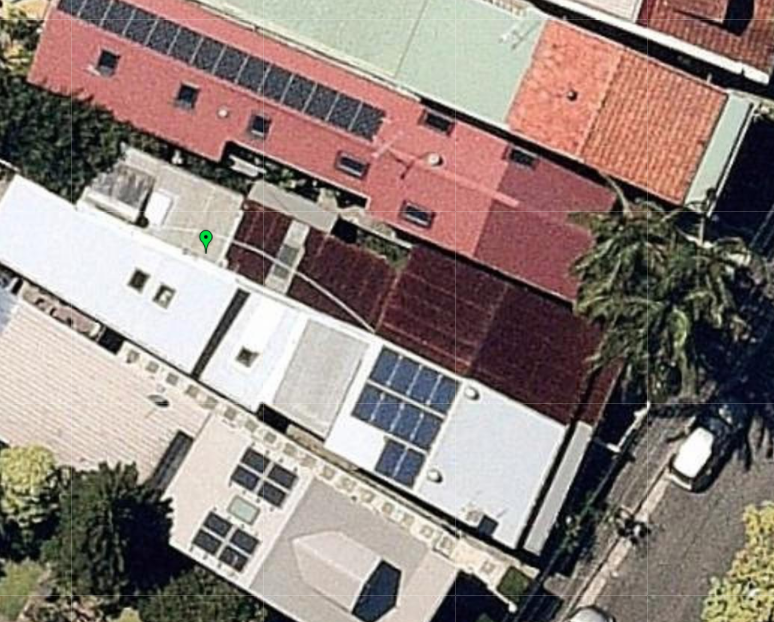 Problem: Limited roof space for solar
Problem: Limited roof space for solar
Solutions:
If your viable, solar-friendly roofspace is in very short supply, one thing you can do is to consider using high-efficiency solar modules, which take up the same amount of space as a standard panel but produce more electricity. Efficiency isn’t as important if you’ve got plenty of roof space; however, if you’re space-poor but have some flexibility with your solar budget, they may be the right option for you. Most standard, 60-cell solar panels available on the Australian market these days measure roughly 1.7m x 1m while their capacity (in watts) tends to range from about 250W to 290W. The ‘high efficiency’ range starts at about 300W, with the most efficient panels you can find coming in at about 330W (or bifacial panels at potentially even higher). Panels with a wattage over about 300W are cutting edge, and you’ll pay for them accordingly.
In a pinch, if you live north of the NSW/VIC border, it may even be worth considering putting up some panels on a south-facing roof if you happen to have one at your disposal – but only if you’ve got no other options and if the roof pitch is no more than 15 degrees or so. Also remember that tilt frames may be a viable option if you’re comfortable with how they look.
Another option that may seem obvious but is worth mentioning is to opt for a smaller system. Most Australian households are installing 4kW, 5kW or 6kW solar systems these days thanks to the superior value that they offer. This value manifests itself primarily in the form of shorter payback times, not to mention insulation against future electricity price rises or increases in your household energy consumption. (As a bonus, 5kW is generally the smallest size you’ll want to have installed if you’re contemplating battery storage in the future.) That being said, if all you can fit on your roof is 2kW or 3kW of panels, don’t let that discourage you from going ahead. Paying a bit more per watt of capacity may lengthen your system’s payback period a bit, but if you’re planning on being in your house for another few years anyway it’s almost certainly worth it. What’s more, a smaller system will usually come with a smaller price tag than a larger one (unless you’re also using premium equipment and/or microinverters), which means less money all up that you’ve got to spend on solar in the first place.
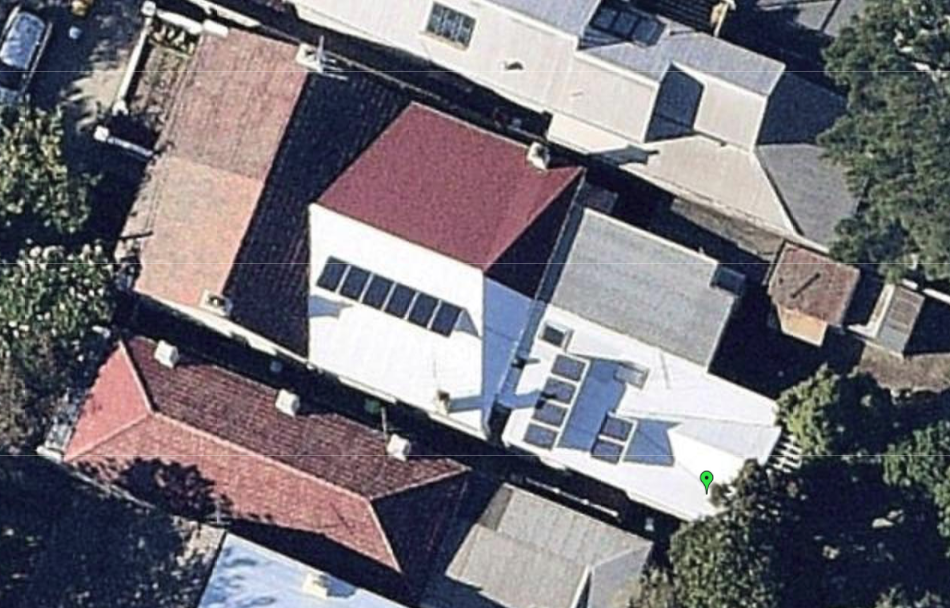 You too can go solar in the city!
You too can go solar in the city!
How did my Inner West friends deal with going solar? One of them – who lives alone – opted for a small system (about 2.5kW) with high-end equipment (namely, Enphase microinverters) – but all on one little segment of the roof. The system faces west on a very mild tilt of about 5 degrees so that it (almost) may as well be north-facing. Another friend who lives in a semi-detached house opted for about 3kW of solar across two different roof sections – with tilt frames on a south-facing roof to make the panels face north at a respectable angle.
The third friend is still in the process of making a decision, but looks likely to install 4-5kW on a combination of east, north and south (!) facing roof, using a battery-ready string inverter with power optimisers – although it could very well end up being a smaller system in the end due to the generally difficulty level, structural issues with the roof and budget.
But I guess that’s the way it goes with inner city solar!
Solar Choice’s 8-point Guide to Solar & Batteries (plus FAQs)
Check out our Home Solar & Battery Guide
Instantly compare solar & battery quotes
Compare Solar & Battery Quotes
- Solar Power Wagga Wagga, NSW – Compare outputs, returns and installers - 13 March, 2025
- Monocrystalline vs Polycrystalline Solar Panels: Busting Myths - 11 November, 2024
- Solar Hot Water System: Everything You Need to Know - 27 February, 2024
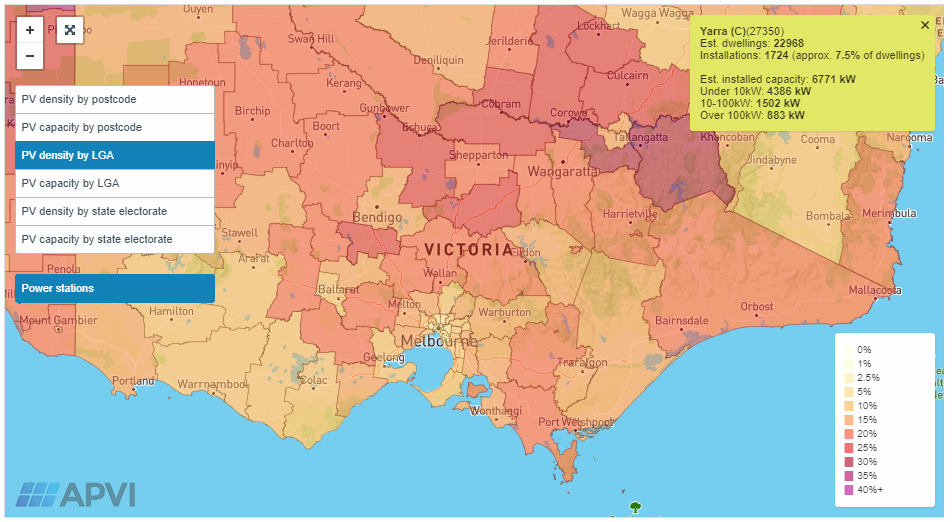
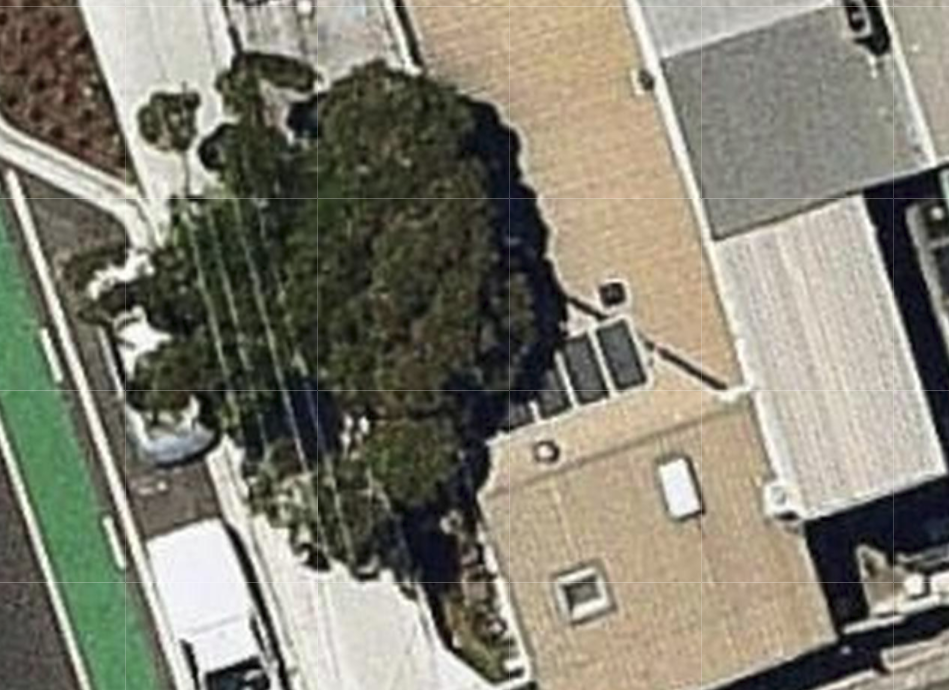
If you want renewable energy but the problems outlined above prevent solar PV, then at least all of your space heating and hot water heating needs can be sourced from ‘renewable energy by harvesting he heat with heat pumps’.
That is – heat which is harvested by heat pumps in RCAC (in heating mode), or a hot water heat pump.
At least 3/4 of the energy harvested with either of these units will be renewable, while the rest comes from the rid (which may be Greenpower) then entirely renewable energy.
Heat pumps harvest what is increasingly known as ‘renewable heat’ – contrasting with renewable electricity.